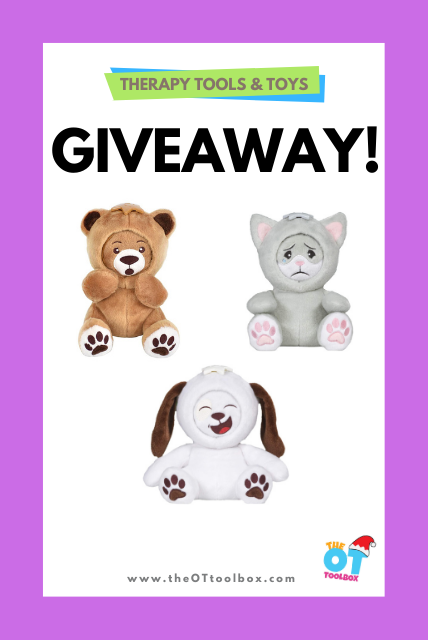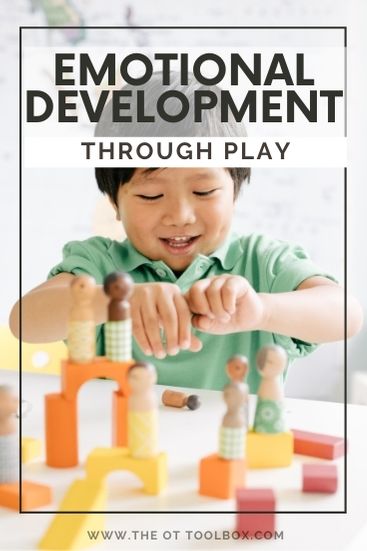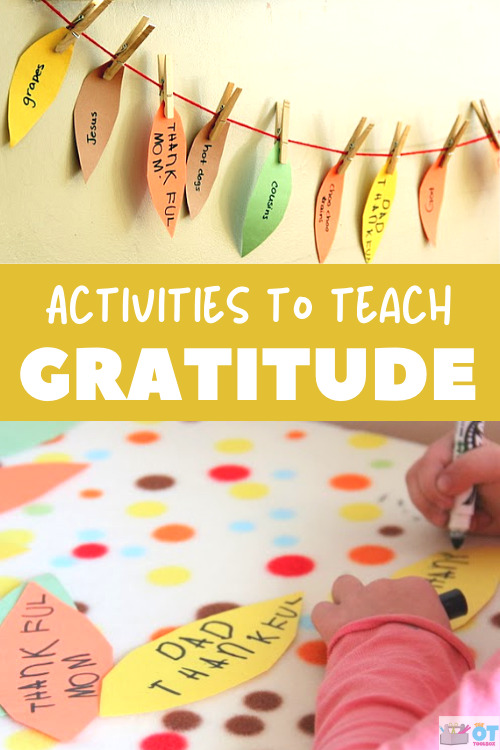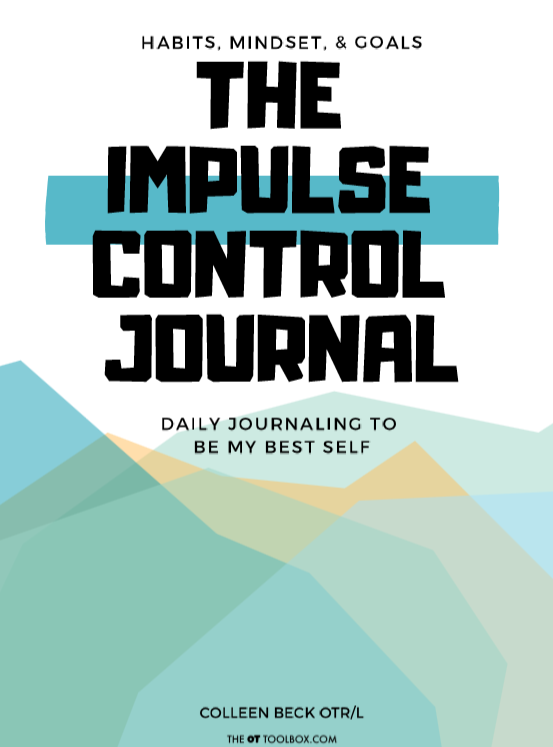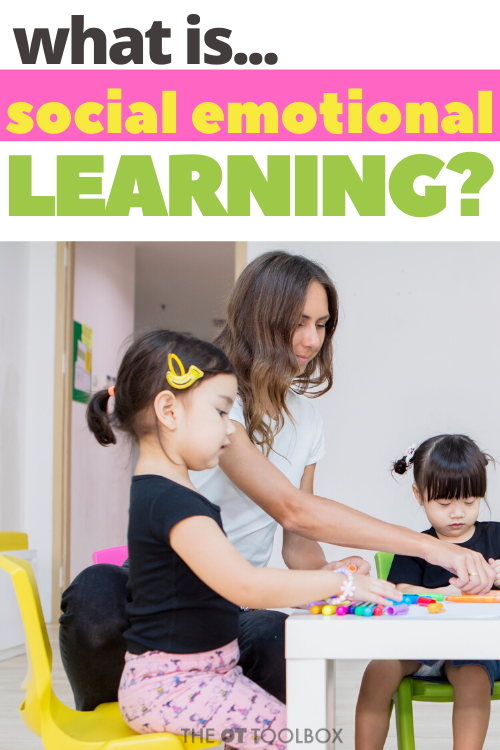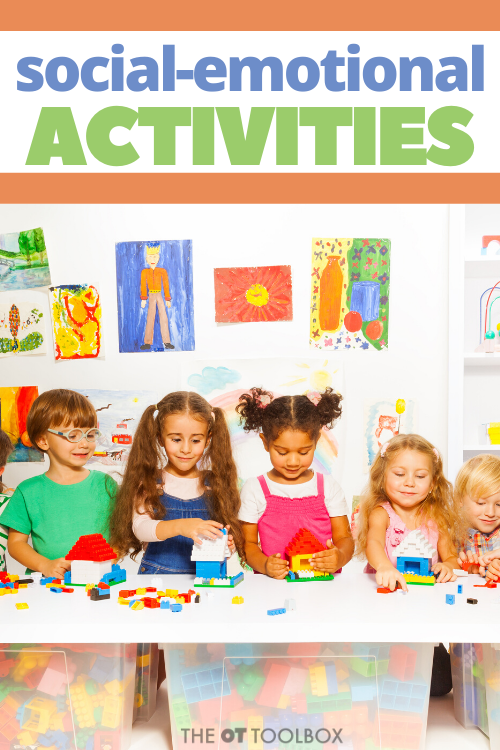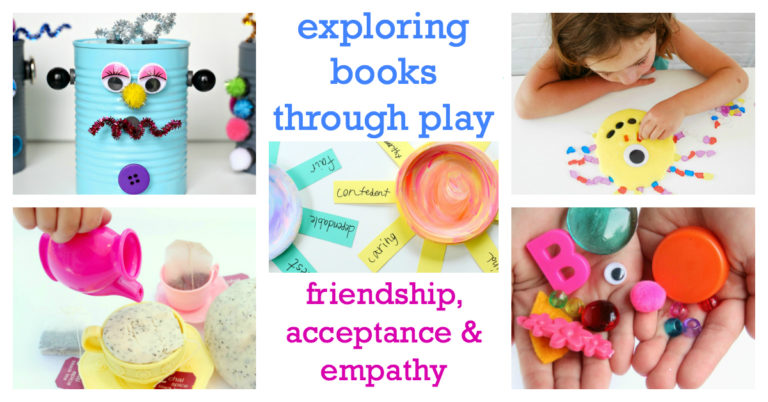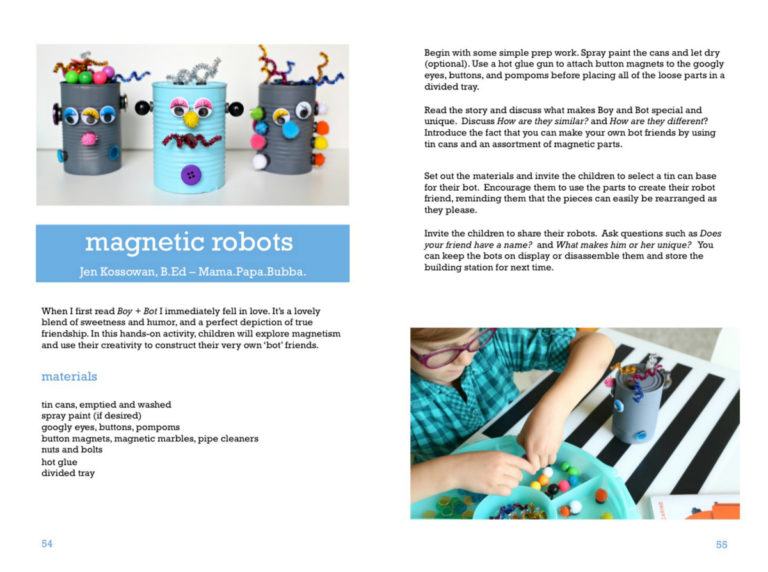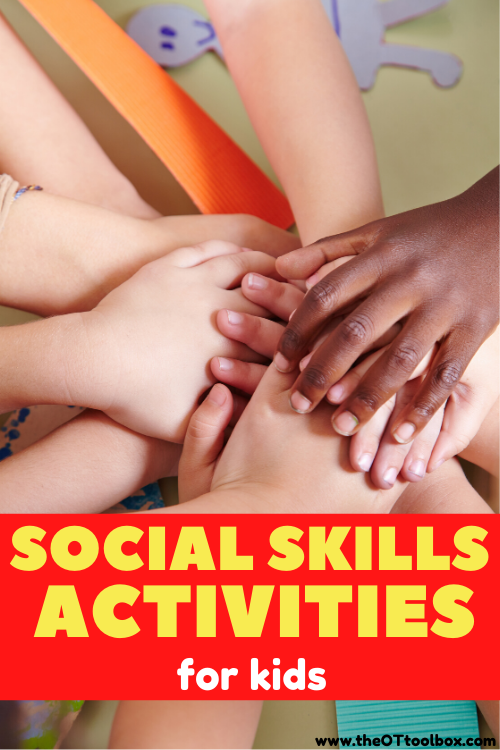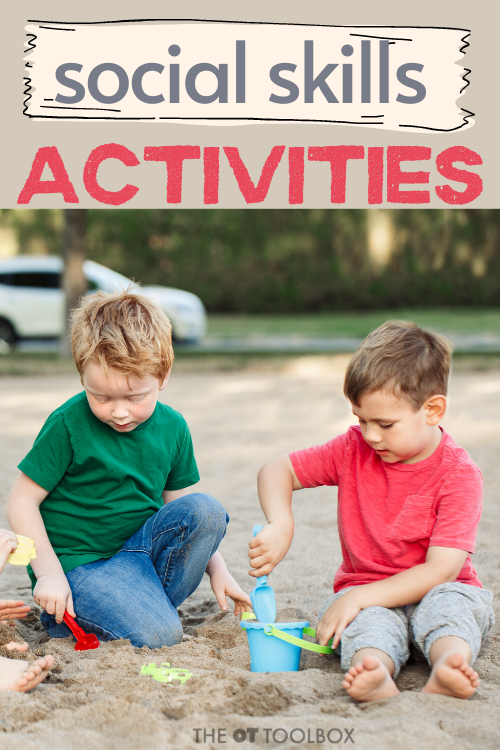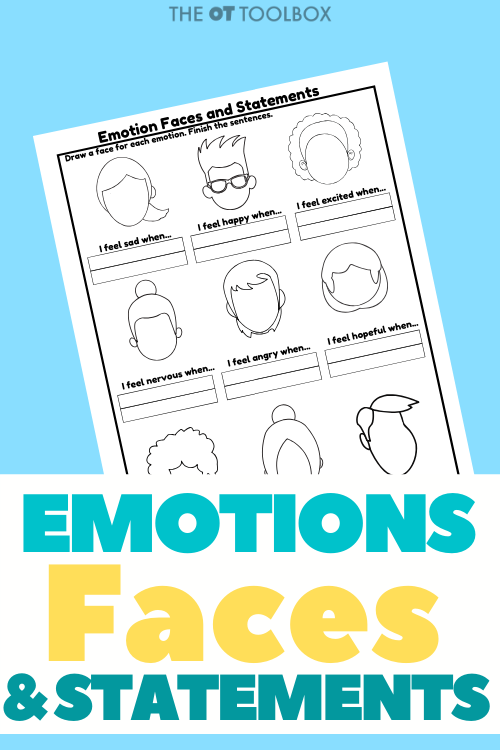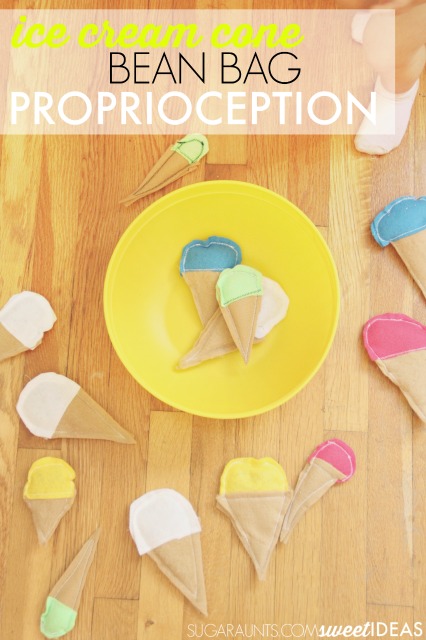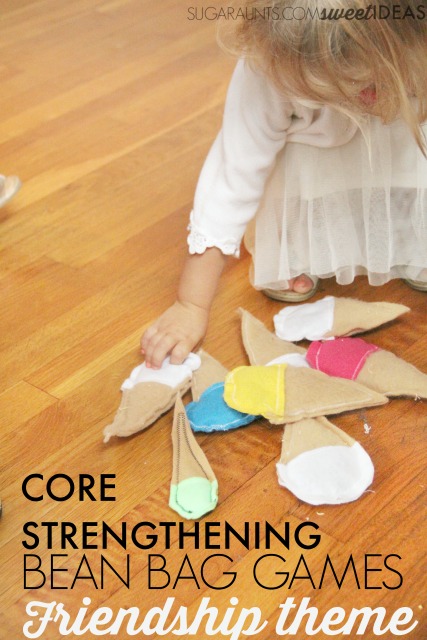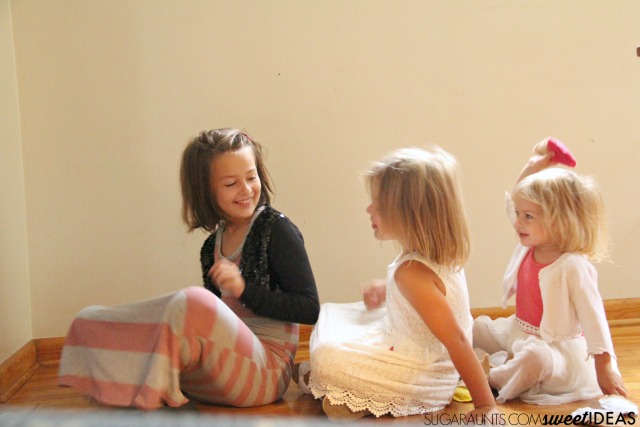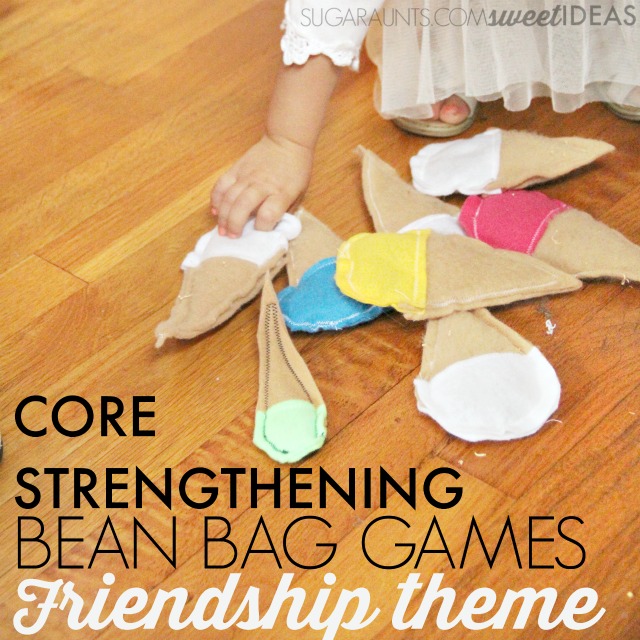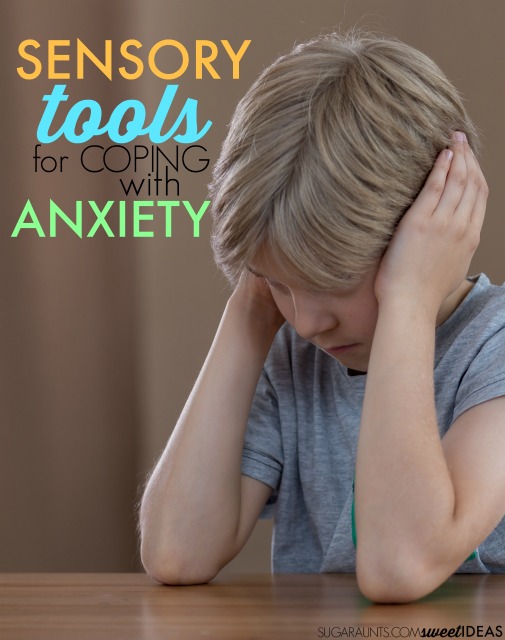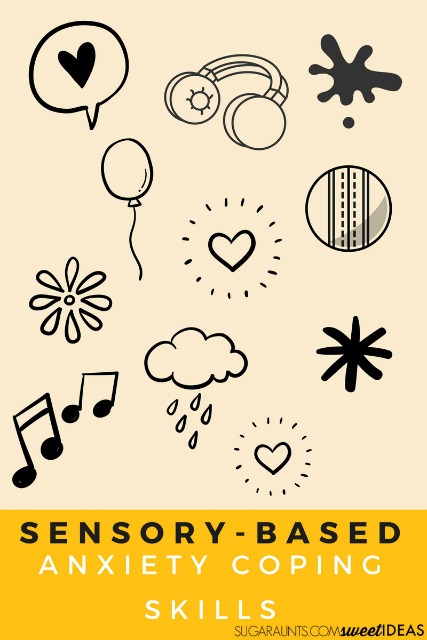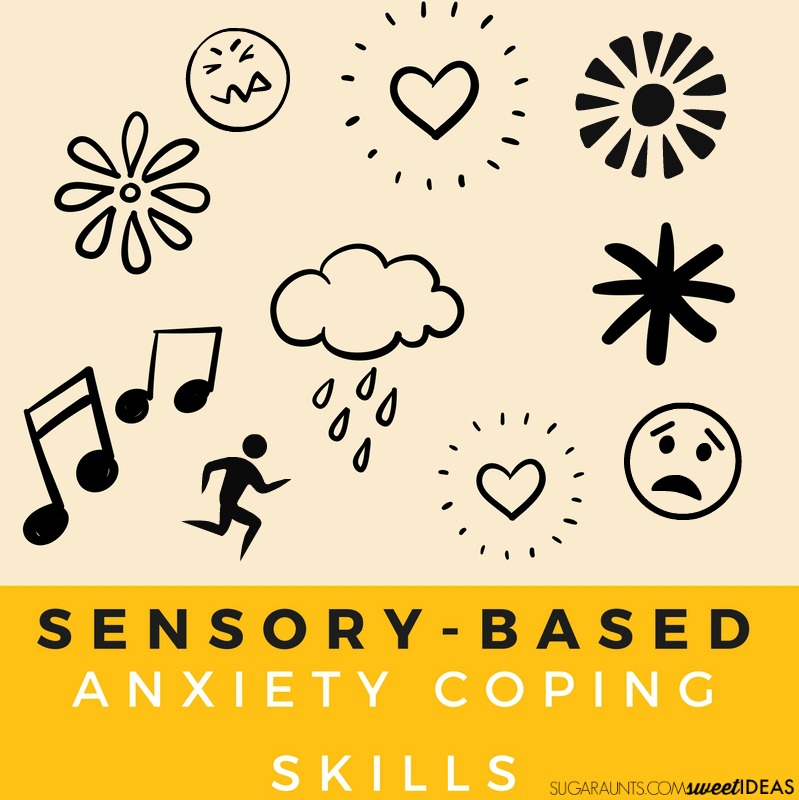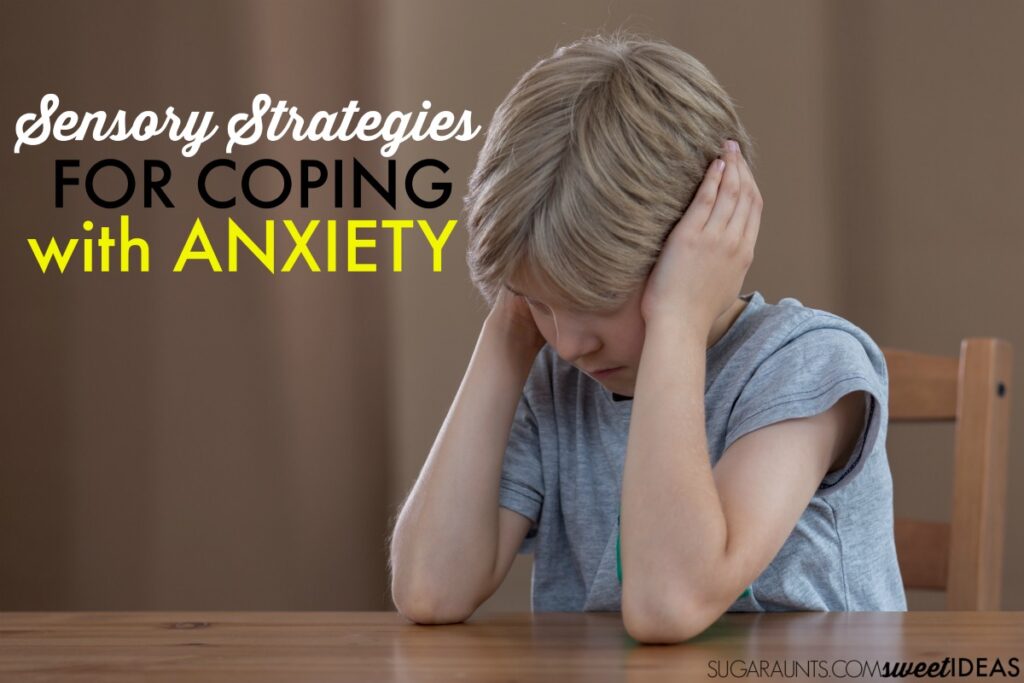Today, I have a very fun virtual therapy slide deck to share. This emotions game is designed with a penguins theme, and can help kids identify emotions based on facial expressions, specifically the eyes. There is a lot of emotion in the eyes! Kids may or may not pick up on this emotional expression, depending on their development in social emotional learning. I created a penguins gross motor slide deck this week, and got a little carried away with the penguin theme…but how cute are these little guys, right? Use them for helping kids identify feelings and emotions based on expressions, and a few other skills that are addressed in therapy. Let’s break this activity down…
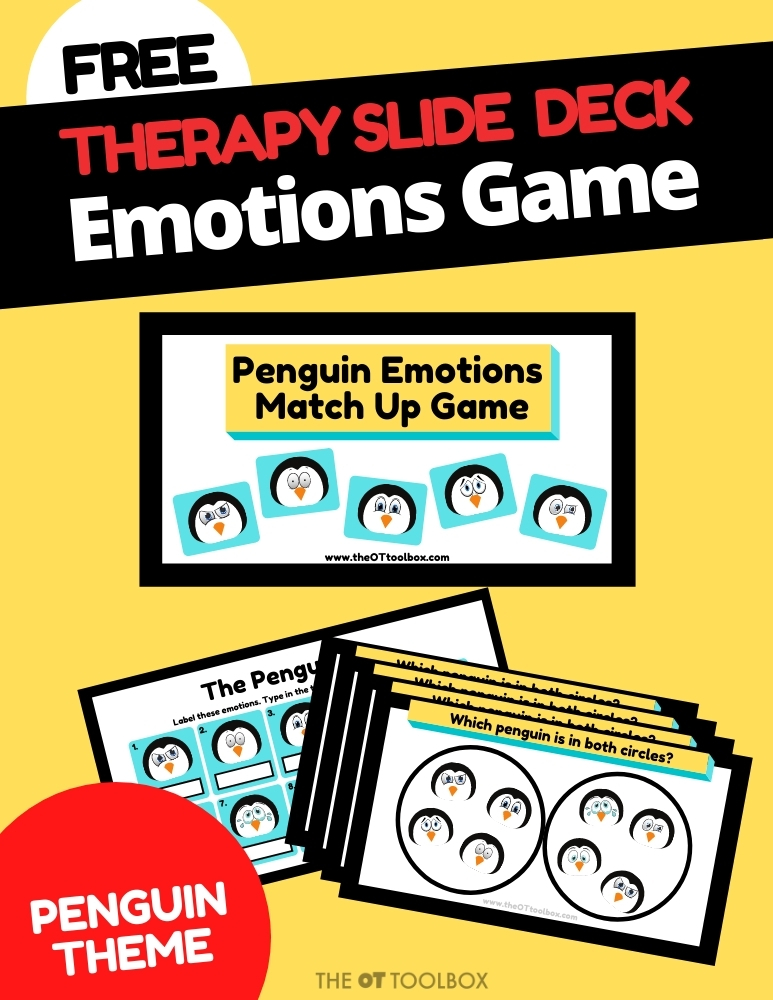
Teach Emotions with a Game
Ok, this therapy game is very fun to play, and it will be a huge hit, depending on the testers in my own home. But first, let’s break this down on the various skills that this emotions game addresses:
- Identifying emotions
- Naming feelings
- Identifying facial expressions
- Exploring emotional expression in the eyes
- Social emotional learning
Then, there are the other skills that are addressed, because of the way that this therapy slide deck is presented and organized:
- Visual discrimination
- Visual scanning
- Visual attention
- Visual memory
- Form constancy
This game is such a fun way to build skills in a variety of areas. Games for emotions and feelings are sometimes difficult to find, and so this free resource should be a great starting point for helping children with the areas listed above.
Emotion Matching Game
To play this emotional expression game, you’ll just need to load the slide deck onto your Google drive. Then, you can play in virtual therapy sessions with clients, or in home therapy programs, or even as a fun brain break in the distance learning classroom.
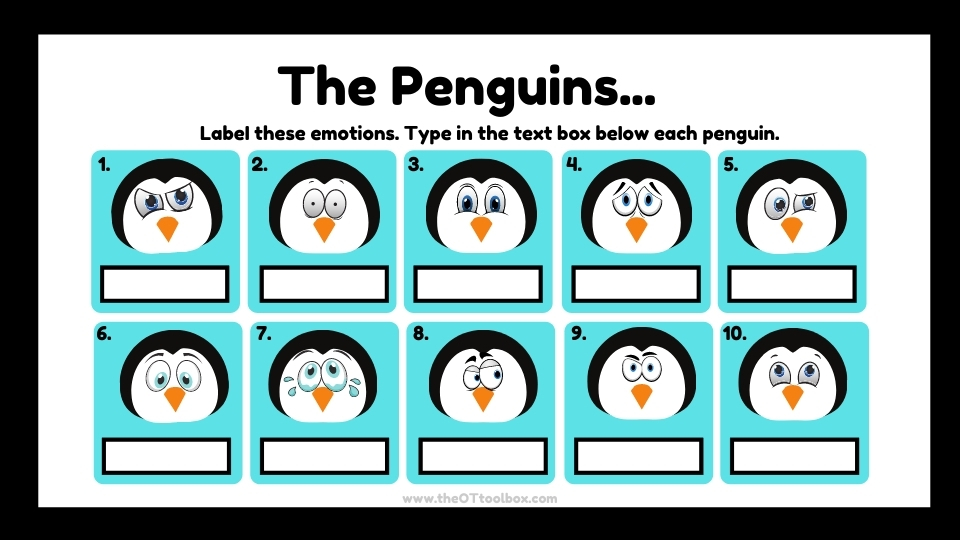
Next, ask children to complete the first slide in the deck. You’ll notice that there are text boxes on the slide where kids can identify the feelings or emotions based on the penguin’s expressions. Kids can type them into the box or they can say or write the feelings words.
On the next slides in the deck, kids can find the matching facial expressions for each penguin. Each slide has four penguins with different emotions expressed with their eyes. There are only penguins that match between the two circles.
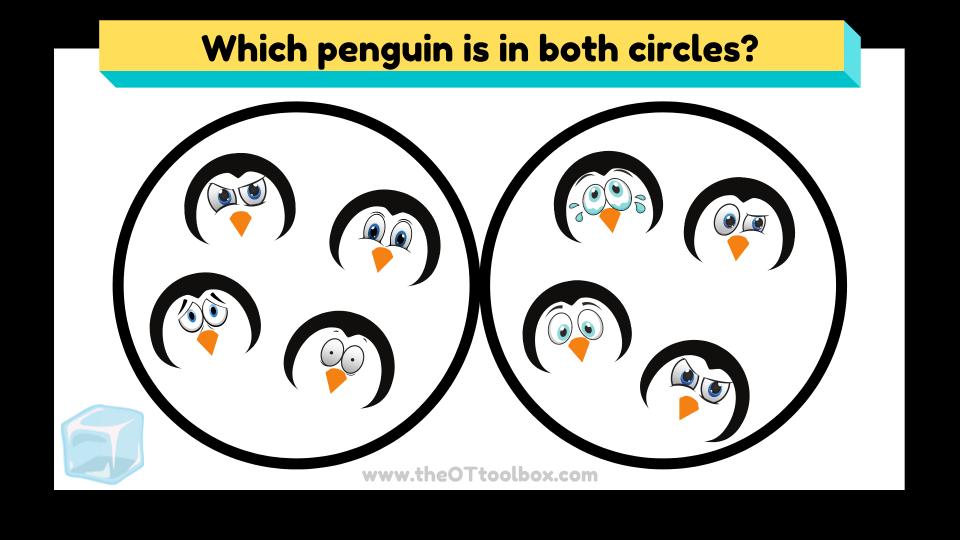
This slide deck is so useful in helping kids work on visual perceptual skills, too. By visually scanning for the matching penguins, they are using visual discrimination, form constancy, visual attention, and visual memory. All of these skills are important not only in social emotional skills, but handwriting, reading, math, and other learning tasks as well.
Kids can move the ice cube to cover the matching penguins. The ice cube is an interactive piece on the Google slide deck. You will notice that there are two ice cubes. One is over top the other, so once you move the first ice cube to cover one of the penguins, the other ice cube is right below that. Kids can slide both ice cubes to cover the matching penguins.
I love this game for the emotions matching. It’s set up as an “I Spy” game for emotions and facial expressions, and kids will LOVE it!
More Emotional Learning Resources
This activity goes really well with some of the other emotions and feelings tools here on the website. These emotional learning tools can be used together:
- Identifying emotions can be hard for kids who are early in social emotional learning development. Try this identifying emotion faces worksheet. It’s another free resource, so you can print it and begin using the printable right away.
2. Kids respond well to the stories in children’s books. Pair social emotional learning with popular kids’ books and hands-on activities. Here is information on how to teach social emotional development with children’s’ books.
3. Emotions and empathy are very closely related. Use this hands-on activity to teach empathy.
4. What is social emotional learning? Here are resources and information to help.
5. Emotional development occurs through play. This blog post includes examples of social emotional development and strategies to help kids develop these essential skills. Check out the comments on that post for strategies that The OT Toolbox community uses to develop social emotional skills.
6. Emotional regulation and executive functioning skills go hand-in-hand. Here is information on executive functioning and emotional development. You’ll find information on these connections, the research involved, and strategies to help.
Emotions Game for Teletherapy
Want to add this emotions game to your therapy toolbox?
You can grab a copy of this Google slide deck and use it to work on specific skills.
Enter your email address below and you will receive a PDF containing a link to copy the slide deck onto your Google drive.
Google Slide Deck TIPS:
- Save the PDF file that you receive once you enter your email below, because you can come back to it again and again and send it to the kids on your caseload (or classroom) so they can make their own copy on their Google drive.
- You will be prompted to make a copy of the slide deck. Before clicking that, be sure that you are logged into your Google account.
- Make a copy for each student’s Google Drive. When you share it, make sure you enable edit capabilities for users.
- The pieces will be moveable in “edit” mode. If you click “present”, the movable ice cubes won’t work.
- Be sure to make a copy of this slide deck and not change the url to indicate “edit” at the end. When you make a copy of the slide deck onto your Google drive, you will end up with your own version that you are free to adjust in order to meet your student’s needs. By changing the url to “edit”, you can potentially mess up the original version that many other therapists and The OT Toolbox users are given.
- To easily start a new game- Once you’ve gone through all of the slides, go to “history” on the top of the Google dashboard. You will be able to revert the slide to it’s original state using the history option, so all of the ice cubes go back to their original place. The history option is located on the top dashboard by clicking the link that says, “last edit was…”. When you click on that, you will see a list of edits made on the right side of your screen. Click on the edit titled, “New Game (Revert slides to their original state)”. This should move all of the movable ice cubes back to their original location on the slide deck. The typed in emotions on the text boxes will disappear as well. Note that you can delete edits from that list, so if several students are using the slides, you can keep the organization simple and delete edit versions that you no longer need.
Enjoy!

Colleen Beck, OTR/L has been an occupational therapist since 2000, working in school-based, hand therapy, outpatient peds, EI, and SNF. Colleen created The OT Toolbox to inspire therapists, teachers, and parents with easy and fun tools to help children thrive. Read her story about going from an OT making $3/hour (after paying for kids’ childcare) to a full-time OT resource creator for millions of readers. Want to collaborate? Send an email to contact@theottoolbox.com.


